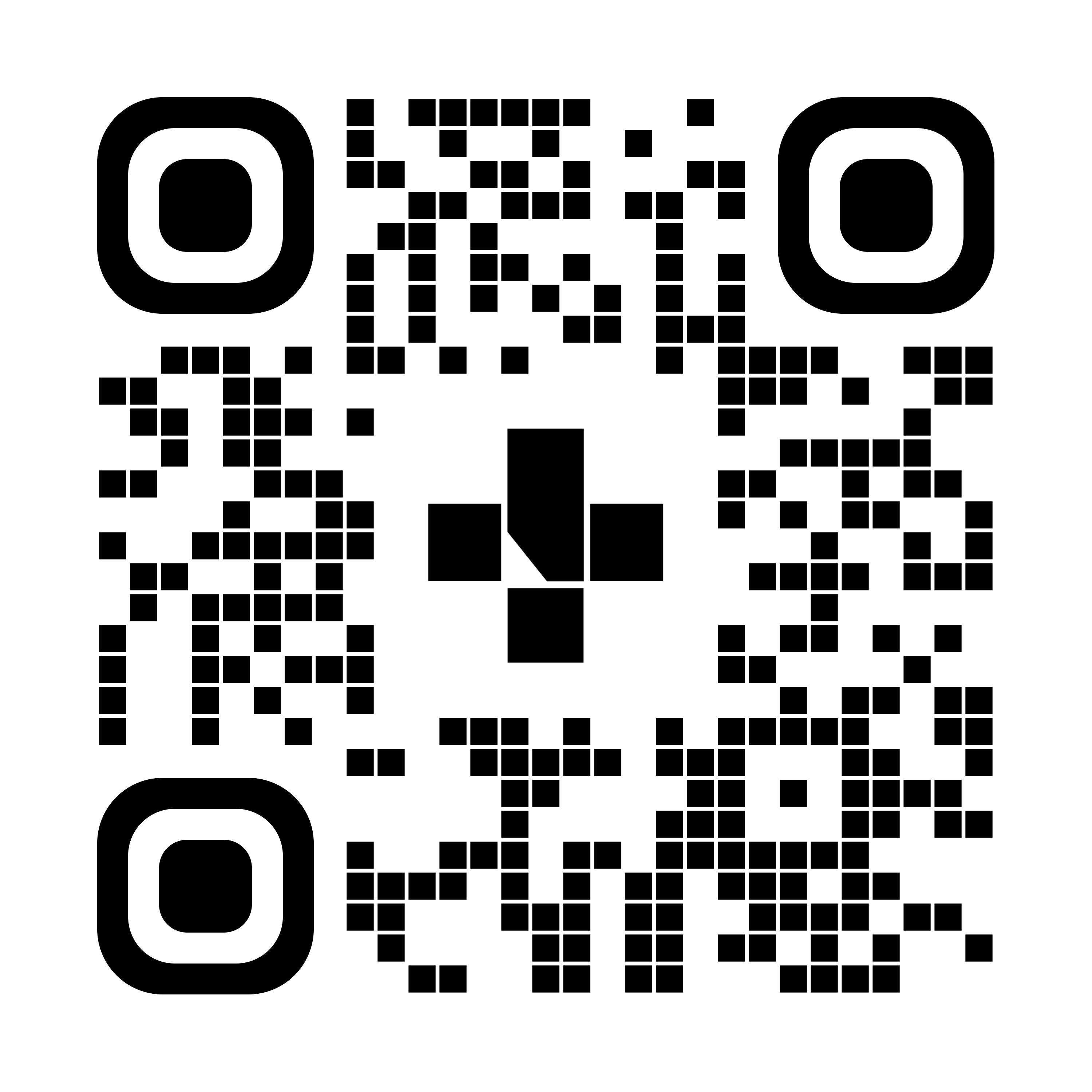Your Child’s Equipment
Getting your home ready
If your child uses pediatric equipment like a wheelchair, standing frame, walker, supportive seating, or bathroom equipment, it can be challenging using it in your home. Parents and caregivers share common challenges, like:
- having enough space
- moving equipment through doorways
- their child’s ability to do activities while using the equipment
There are changes you can make to your home to make it more equipment friendly. These changes are helpful if your child uses a wheelchair, walker, standing frame, or other equipment in your home.
Doors
Doorways aren’t usually made for moving equipment between rooms. Wheels can get caught on thresholds (the part of the floor at the bottom of a doorway), equipment can be very wide, and opening doors while using your child’s equipment is not easy.
- Offset hinges increase the width of the door by 1 to 2 inches without needing any home renovation. These can be bought online.
- Lever door handles can replace traditional knob handles. Because they move up and down instead of twisting, lever door handles are easier to open with an elbow or knee. These handles are easier for people with limited mobility. Lever door handles can be found at most hardware stores.
- Door thresholds (the part of the floor at the bottom of a doorway) can be replaced with low-profile thresholds. A higher threshold in your doorway can be difficult for equipment with wheels.
- Home renovations are also an option. If you’re planning a home renovation, think about:
- increasing door widths to 36 inches (91 centimeters)
- keeping flooring the same between rooms to prevent thresholds
- the direction that doors will open
Floors
Your child’s equipment moves best on smooth flooring that’s consistent. This isn’t always possible. If there are rooms in your house with different flooring, there are ways to make it equipment friendly.
- Remove rugs or mats. Wheels can get caught easily. Rugs and mats are also a tripping hazard for those using equipment.
- Rearrange or remove furniture to create space. Try to have open areas that are 5 feet by 5 feet (1.5 meters by 1.5 meters). This gives enough room for equipment to turn.
- Have areas where the equipment doesn’t go. These areas are where your child can have floor time and can have soft flooring, carpets, or rugs.
- Your child may need extra help if they need to move their equipment on carpet.
Ramps and lifts
You and your child should be able to get in and out of your home safely and easily. When your child is young, you may be able to carry them and their equipment in and out of your home. As your child grows, so does their equipment. If the entrance to your home has stairs, ramps or lifts can be added to help your child and their equipment get into your home safely. Talk to your child’s therapist if you have questions or need support.
- Ramps can be used if the height from the threshold of the door to the ground is 30 inches (76 centimeters) or less. Ramps can be outside your home or in a garage.
- Portable ramps are useful for visiting homes that have 1 to 3 steps at the entrance.
- Porch lifts are used when the height from the threshold to the ground is greater than 30 inches (76 centimeters). Porch lifts can be attached to decks, front porches, or in a garage.
Other accessibility-friendly tips
In addition to setting your home up for your child’s equipment, there are some other things you can do to help your child be as independent as possible in your home.
- Install hooks at different heights to hold jackets, bags, and clothes. This helps keep the floor clear from furniture and clutter. You also encourage your child’s independence by having things at an accessible height.
- Use wall shelves instead of bookcases or furniture that sit on the floor. This helps keep the floor clear.
- Install rocker light switches that can be turned on and off with your hands, elbows, arms, or even your head. Light switches can also be lowered if your child uses a wheelchair.
- Think about the height of furniture. Lower furniture is easier when your child transfers independently. Higher furniture will make it easier if you transfer your child.
- Smart home devices that can be controlled by voice, phone, or tablet can encourage your child to be independent in your home.
When should you call for help?
It can sometimes feel overwhelming when you bring equipment into your home and into your family’s life. Having your home set up to make space for the equipment can help. Your child’s therapist can help you plan how to make your home more accessible and comfortable for your child.
To see this information online and learn more, visit MyHealth.Alberta.ca/health/aftercareinformation/pages/conditions.aspx?hwid=custom.ab_childs_equip_home_ready_inst.

For 24/7 nurse advice and general health information call Health Link at 811.
Current as of: May 15, 2025
Author: Pediatric Rehabilitation Services, Alberta Health Services
This material is not a substitute for the advice of a qualified health professional. This material is intended for general information only and is provided on an "as is", "where is" basis. Although reasonable efforts were made to confirm the accuracy of the information, Alberta Health Services does not make any representation or warranty, express, implied or statutory, as to the accuracy, reliability, completeness, applicability or fitness for a particular purpose of such information. Alberta Health Services expressly disclaims all liability for the use of these materials, and for any claims, actions, demands or suits arising from such use.
